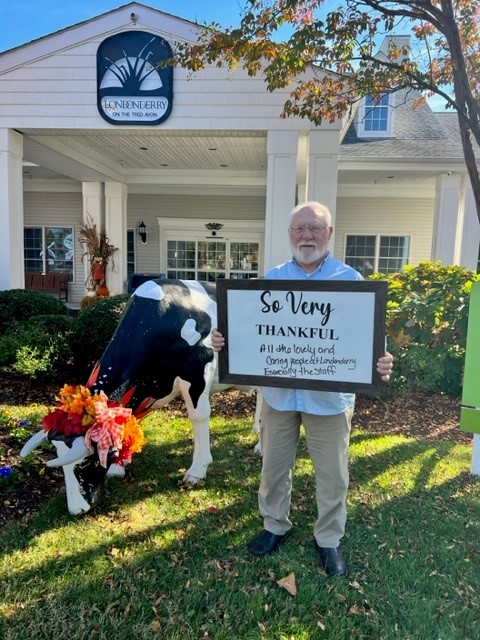As you probably know, a weak core impacts everyday life…but maybe more than you think.
If basic functional movements like getting out of bed or walking to the car and getting in and out of the car are becoming a challenge or feeling nearly impossible for you, it may be a sign that your core is too weak.
In order to remain mobile and independent, you cannot ignore your core. And crunches are not the only answer. After all, your core is much more than just your abdominal muscles. It includes the gluteal muscles in the butt and hips, the lats and traps in the middle and upper back, and the erector spinal muscles around the spine. Your core is responsible for keeping you upright and this is why poor balance is one of the more obvious signs that your core is weak.
Here are some less obvious signs that you need to watch for:
- Do you need to use your arms to get out to a chair or bed? If so, it is likely that your core strength is lacking. To transition from lying or sitting to standing, your abdominals and deep core muscles must be able to brace, while your glutes must be strong enough to propel you to your feet. (“4 Sneaky Signs You Have a Weak Core – Silver Sneakers”) (Michelle Barnett, D.P.T.at TRIA Orthopaedic Center)
- Have you ever caught yourself standing or walking with your lower back arched and your pelvis jutting forward? This is a signal that your core lacks the stability and control to keep your spine in a neutral position. If your core is weak, other muscles will compensate to hold you up, but the overarched position will eventually lead to lower back pain.
- Tilting and swaying while walking is a sure sign that your core is weak. If your obliques are not strong enough to control your torso, your pelvis ends up dropping to one side.
- Do you hold your breath while performing core exercises? If so, this could be due to a weakness in your diaphragm, which works closely with the surrounding core muscles to control movement and breath. Holding your breath increases abdominal pressure while not engaging those muscles for stability.
To help avoid these problems, try including the Pelvic Tilt, the Bridge, the Squat, and the Clamshell exercises in your weekly routine.
Susan Covey is the Acts Baleigh Chase Fitness Director in Easton.





